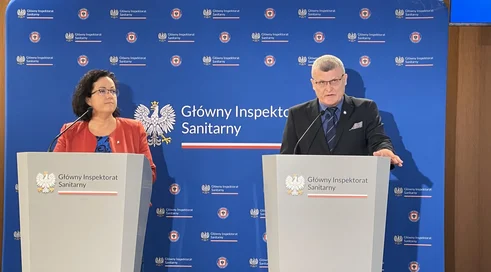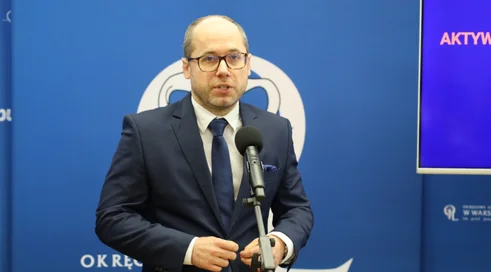During the period under review, the funds for this purpose came mainly from the State Fund for Rehabilitation of the Disabled (PFRON), which nevertheless did not check either what effects the projects implemented with the donated money had, or whether it had been properly spent. The NIK audit also showed the low effectiveness of vocational activity centers supported by local governments and the inadequacy of their activities to meet the needs of the labor market. In turn, the short time allocated for the implementation of the commissioned tasks prevented NGOs and foundations from ensuring continuity of rehabilitation for people with disabilities, which is one of the conditions for its effectiveness.
At the end of 2021, nearly two million people over the age of 16 in Poland had a significant or moderate degree of disability (data from the Electronic National Disability Assessment Monitoring System). In 2019-2022, for the vocational and social rehabilitation of such people, PFRON transferred to local governments, in accordance with the algorithm set out in the government regulation, more than PLN 1.2 billion a year, of which one-fifth went to provincial governments. In total, they received PLN 645 million in the period under review.
A significant portion of the money used - almost 70% of the PLN 631 million - was transferred by the provincial governments to vocational activity facilities (ZAZ). Construction work on facilities for the rehabilitation of people with disabilities (with the exception of demolition of these facilities) consumed almost 25% of the funds transferred by PFRON. In the five inspected provinces of Łódź, Mazowieckie, Podkarpackie, Śląskie and Wielkopolskie, most of the submitted projects were carried out thanks to them.
The least amount of funds from PFRON - just over 6% - the provincial governments transferred to foundations and NGOs for commissioned tasks in the period under review. In the case of the audited local governments, the needs significantly exceeded their financial capabilities, which meant that they subsidized less than half of the bids submitted.
Admittedly, there are no regulations that would allow PFRON to allocate funds for individual needs reported by local governments, but it is the Fund's Board of Directors that prepares the draft annual financial plan on the basis of which it disburses money for the rehabilitation of people with disabilities.
PFRON also covers the costs of servicing tasks carried out by provincial governments, in an amount not exceeding 2.5% of the funds used for this purpose. According to the Rehabilitation Act, these should be costs actually incurred, but the provincial governments do not have to show in their reports whether this has happened. PFRON transferred the money for handling tasks together with the funds for their implementation, i.e. before they were spent, and did not verify what they were used for. It was limited only to calculating whether local governments exceeded the statutory level (in the period under review it was 2.4%). However, the need to verify the cost of handling tasks is indicated by the case of the Silesian Provincial Office, which, although it did not exceed the designated level, spent a total of about PLN 342 thousand in an unintended manner. This financed, among other things, the organization of Christmas fairs, picnics and sports competitions, construction investments and training for empl...
Content locked
To gain access to the complete English section of the Medexpress.pl, kindly reach out to us at english@medexpress.pl.

















